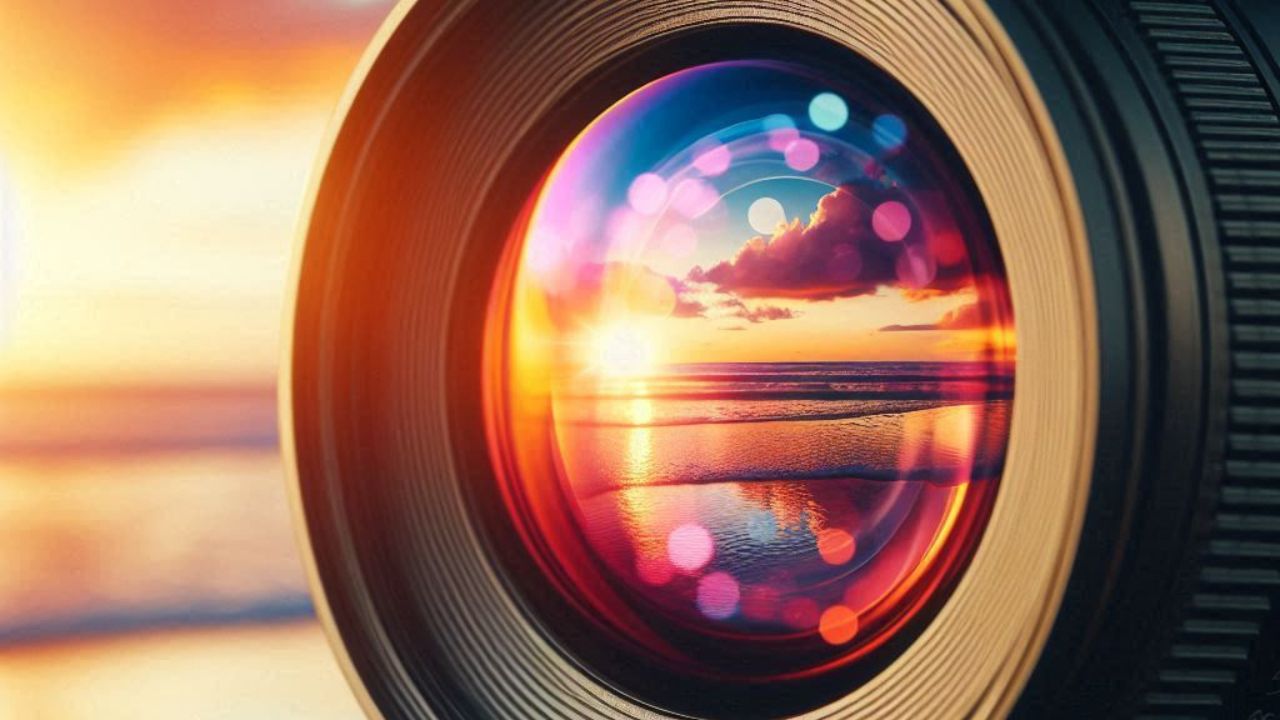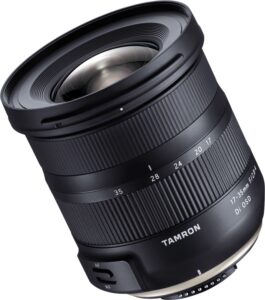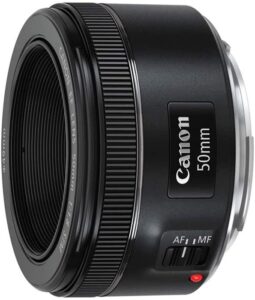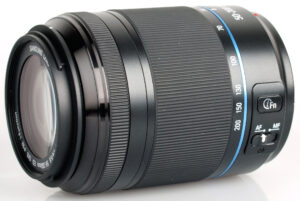
In the realm of photography, lenses play a crucial role in determining the quality and style of your images. Whether you’re a seasoned photographer or just starting out, selecting the right lens for your camera is essential for capturing stunning visuals that reflect your creative vision. To help you navigate the diverse world of camera lenses, we’ve compiled a comprehensive guide to choosing the perfect lens for your photographic needs.
1. Understanding Focal Length
Focal length is a fundamental concept in lens selection, as it dictates the field of view and magnification of your images. It is measured in millimeters (mm) and represents the distance between the lens’s center and the image sensor when focused at infinity.
Wide-angle lenses (17mm – 35mm)

These lenses offer a broad field of view, capturing a wider expanse of the scene. They are ideal for landscape, architecture, and interior photography.
Standard lenses (35mm – 50mm)

These lenses closely mimic the human eye’s perspective, providing a natural and versatile field of view. They are suitable for a wide range of subjects, including portraits, street photography, and everyday snapshots.
Telephoto lenses (50mm – 200mm+)

These lenses magnify distant subjects, bringing them closer to the frame. They are excellent for wildlife, sports, and portrait photography where close-ups are desired.
2. Considering Lens Aperture
Lens aperture, measured in f-stops, controls the amount of light that enters the camera and affects the depth of field. A wider aperture (smaller f-number) allows more light, resulting in shallow depth of field and a blurred background, ideal for isolating subjects. Conversely, a narrower aperture (larger f-number) lets in less light, creating a deeper depth of field, keeping both foreground and background elements in focus.
3. Choosing the Right Lens Mount
Lens mounts are the physical connections between lenses and camera bodies. Ensure compatibility between your lens mount and your camera body to avoid any issues. Common lens mounts include Canon EF/EF-M, Nikon F, Sony E, and Micro Four Thirds.
4. Additional Factors to Consider
- Image Stabilization: Image stabilization helps reduce camera shake, especially in low-light conditions or when using telephoto lenses.
- Weather Sealing: Weather-sealed lenses are designed to withstand dust, moisture, and extreme temperatures, making them suitable for outdoor photography.
- Lens Type: Prime lenses offer a fixed focal length and often provide superior image quality, while zoom lenses offer versatility with a variable focal length range.
5. Seeking Expert Advice and Trying Out Lenses
Consult with experienced photographers or camera store staff for personalized recommendations based on your specific needs and budget. Additionally, whenever possible, try out different lenses before purchasing to assess their performance and compatibility with your shooting style.
Remember, the right lens can transform your photography, opening up new creative possibilities and allowing you to capture the world in your unique vision. With careful consideration of focal length, aperture, lens mount, and additional factors, you can select the ideal lens that complements your camera and elevates your photographic journey.